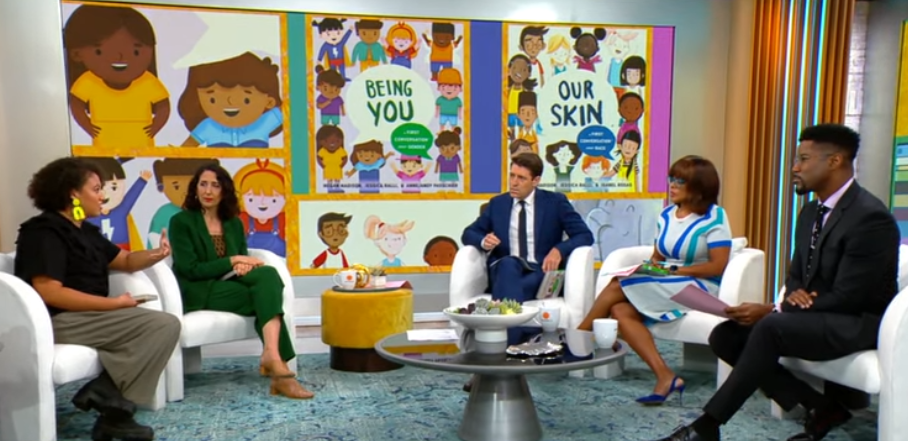Late last week, New York State Association for the Education of Young Children (NYSAEYC) held their annual three-day conference. This year’s conference included over 120 diverse educational workshops and 50+ early childhood exhibitors, along with three informative presentations from PDI staff. Below we have included an abstract of the presentations from our staff.
Ariel Davis: QSNY Project Coordinator
Bonnie Beukema: PDI Deputy Director
This informative session provided a synopsis of QUALITYstarsNY and the method(s) it utilizes to serve over 300 early childhood programs throughout New York State.
New York’s quality rating & improvement system is a framework that:
- Uses research-based standards and assessment tools to evaluate levels of quality for every type of early childhood program.
- Produces ratings on a 1-5 scale, which is a great tool for communicating quality to families and other key stakeholders that are looking for independent information about child care options.
- Supports programs to develop targeted quality improvement plans based on the program’s performance on standards and assessment tools.
- Includes resources and support – such as, materials to enhance the learning environment and professional opportunities to get programs to achieve the goals of their Quality Improvement Plan (QIP).
Diana Diaz: Registry Manager
Amy Ludwig: Outreach and Communications Coordinator
This workshop provided an overview of New York Works for Children, the state’s integrated professional development system with particular detail to Aspire, New York’s workforce registry for early childhood professionals. During this interactive presentation, we outlined the many benefits of having an active Aspire profile, demonstrated how easy it is to join, and how to use Aspire’s Statewide Training Calendar, Career Ladder and other tools to plan your professional development. Our focus was for participants to learn about the functions of the registry and how to utilize the tools available to keep track of all the important aspects about their career.
Core Body of Knowledge
Dana Benzo: Project Coordinator
Using the Core Body of Knowledge (CBK) to Supervise Staff and Identify Professional Development Needs:
The Core Body of Knowledge (CBK) provides a framework for supervisors to evaluate performance of individual staff and supports the planning of professional development to ensure that it is intentional and relevant to the strengths, interests, and needs of each teacher. Using the CBK Assessment and Professional Development Planning Tool, we analyzed various video clips to gather information to guide supervisory discussions, performance appraisals, and professional development plans. The session provided participants the opportunity to practice observing teachers in a variety of contexts. They reflected on the information gathered through their focused observation to inform the development of supervisory discussions and planning of individual professional development plans. Opportunities were provided for participants to discuss challenges to supervision and ways the CBK can be a useful tool in this critical aspect of quality programming.
Intentional Curriculum Planning Using the NYS Early Learning Guidelines:
Committed early childhood educators used the lens of child development to help chart the individual and unique path experienced by each child in the classroom. Using the NYS Early Learning Guidelines as a tool, we analyzed the development of children through video clips and then brainstormed intentional learning experiences to optimally facilitate their growth. The presentation began with an overview of the background and structure of the NYS Early Learning Guidelines (ELG). The group then explored the purpose, strategies, and application for using observation and recording in the classroom setting. After these ideas were discussed, the facilitator distributed an observation template that was used during a series of observations based on video clips. A specific domain area to focus on was assigned to each small group of participants to target their observations. Using the ELG, each group pinpointed the areas and stages of development observed. Each group then brainstormed possible scenarios or types of activities that would be meaningful and appropriate for the child(ren) observed and shared their ideas with the entire group.


